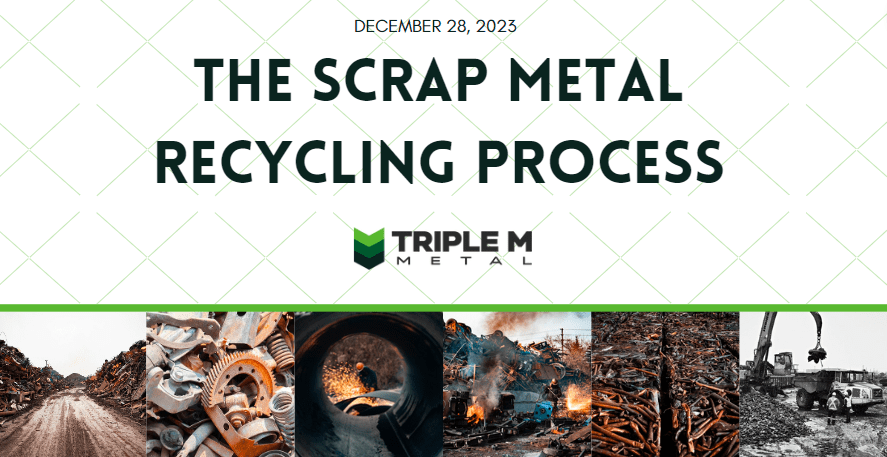Scrap metal recycling is a comprehensive process that involves several stages from collection to distribution, each playing a pivotal role in converting discarded metal items into valuable raw material for manufacturing.
Initially, the process begins with the sourcing of scrap metal from various outlets like industrial waste, demolition sites, discarded appliances, automobiles, and more. These materials are then gathered at scrap yards, collection centers, and recycling facilities where they undergo sorting into different categories based on metal type (steel, aluminum, copper, etc.) and quality.
To further refine the scrap metal, it undergoes separation where ferrous metals containing iron are separated from non-ferrous metals, often employing magnetic separation techniques. Following this, the materials are processed through shredders to reduce their size, making transportation and handling more manageable.
Once shredded, the metal items undergo a cleaning process to remove any contaminants such as paint, plastic, or other materials. This step involves various methods, including melting, chemical processes, or mechanical means. The cleaned scrap metal is then melted in furnaces at high temperatures to create molten metal, which is purified further to eliminate impurities through refining processes like electrolysis or chemical treatments.
After purification, the molten metal is solidified by pouring it into molds, forming ingots or other shapes suitable for transport and further processing. Depending on the specific metal, it might undergo additional processes such as rolling mills or forming to create sheets, bars, or other shapes.
The recycled metal is then sold to manufacturers who use it as raw material to create new products across diverse industries like automotive, construction, electronics, and more. Recycling scrap metal significantly benefits the environment by reducing energy consumption, conserving natural resources, and minimizing greenhouse gas emissions compared to traditional mining and refining processes. This holistic approach contributes to sustainability and resource conservation by repurposing discarded metal items into valuable materials for manufacturing.




